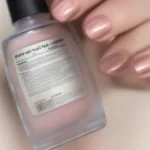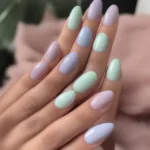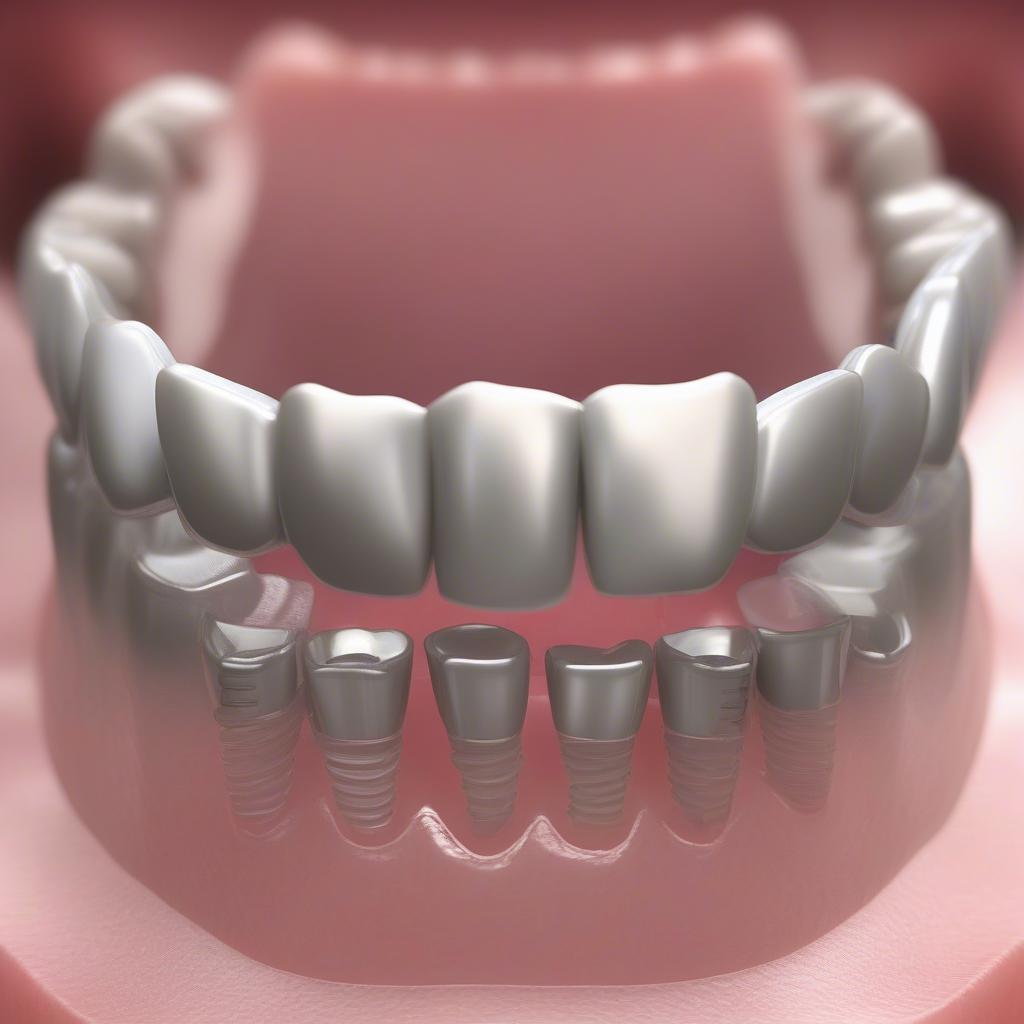
Understanding Lower Retainers: A Comprehensive Guide
- AmazoniaSilva
- Tháng 12 11, 2024
- Zodiac signs
- 0 Comments
Lower Retainers play a crucial role in maintaining the results of orthodontic treatment. They’re custom-made appliances designed to prevent your teeth from shifting back to their original positions after braces or Invisalign. This guide will delve into the different types of lower retainers, their benefits, proper care, and common concerns.
Types of Lower Retainers
There are primarily two types of lower retainers: fixed and removable.
Fixed Retainers
Fixed retainers, also known as bonded retainers, consist of a thin wire bonded to the back of your lower teeth. This wire is typically made of stainless steel and is permanently attached, ensuring continuous retention. Fixed retainers are particularly effective for preventing minor tooth movements and are often recommended for patients who have undergone significant orthodontic correction.
 Fixed Lower Retainer with Bonded Wire
Fixed Lower Retainer with Bonded Wire
Removable Retainers
Removable retainers offer more flexibility as they can be taken out for eating, brushing, and flossing. There are two main types: Hawley retainers and clear plastic retainers. Hawley retainers are made of acrylic and wire, while clear plastic retainers, similar to Invisalign aligners, are virtually invisible. Both are custom-made to fit your teeth perfectly.
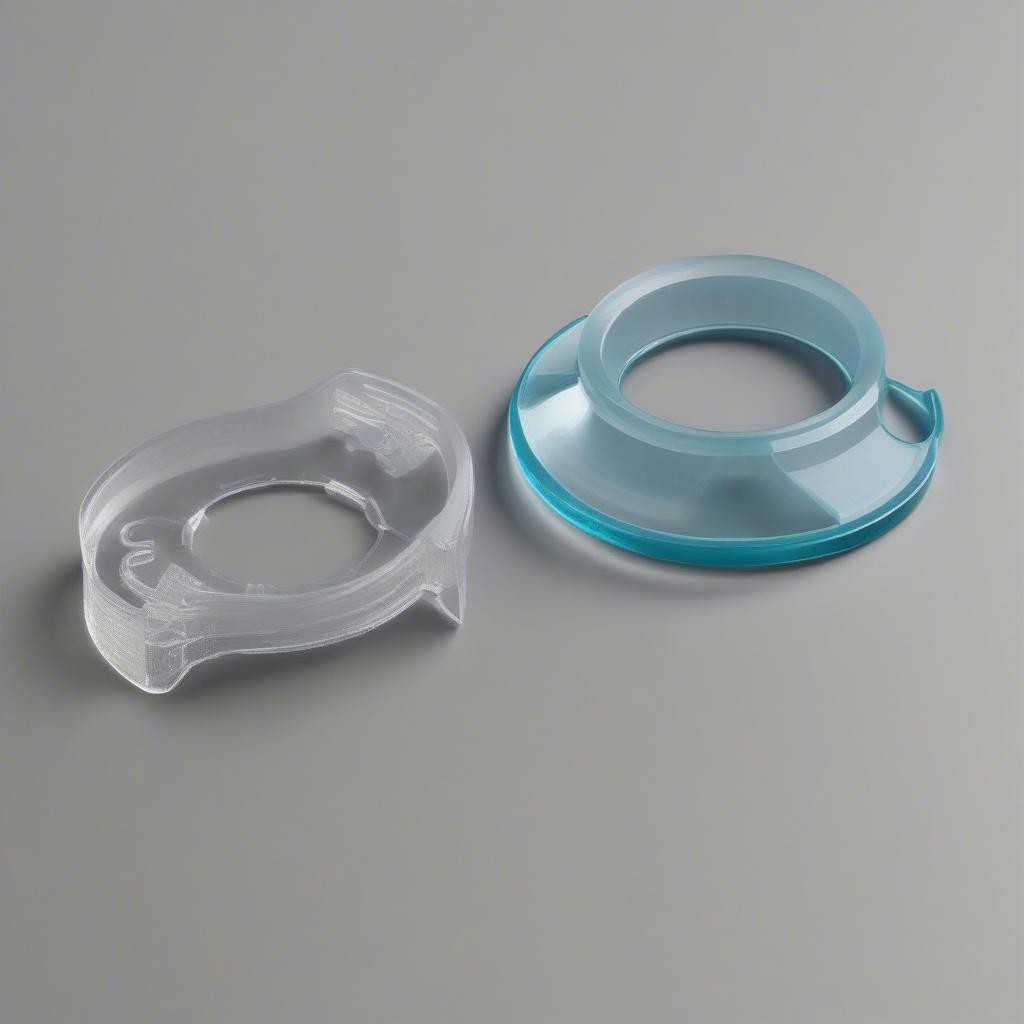 Removable Lower Retainers: Hawley and Clear
Removable Lower Retainers: Hawley and Clear
Benefits of Wearing a Lower Retainer
Wearing a lower retainer diligently is essential for preserving the beautiful smile you achieved through orthodontic treatment. Here are some key benefits:
- Prevents Relapse: Lower retainers prevent your teeth from shifting back to their pre-treatment positions.
- Maintains Alignment: They help maintain the correct alignment and spacing of your lower teeth.
- Stabilizes Bite: Lower retainers contribute to a stable and comfortable bite.
- Long-Term Results: Consistent wear ensures long-term orthodontic success and a lasting, confident smile.
Caring for Your Lower Retainer
Proper care is crucial for maintaining the hygiene and longevity of your lower retainer. For fixed retainers, meticulous brushing and flossing around the wire are essential to prevent plaque buildup. Removable retainers should be cleaned daily with a retainer cleaner or mild soap and water. Avoid using hot water or abrasive cleaners, as these can damage the retainer.
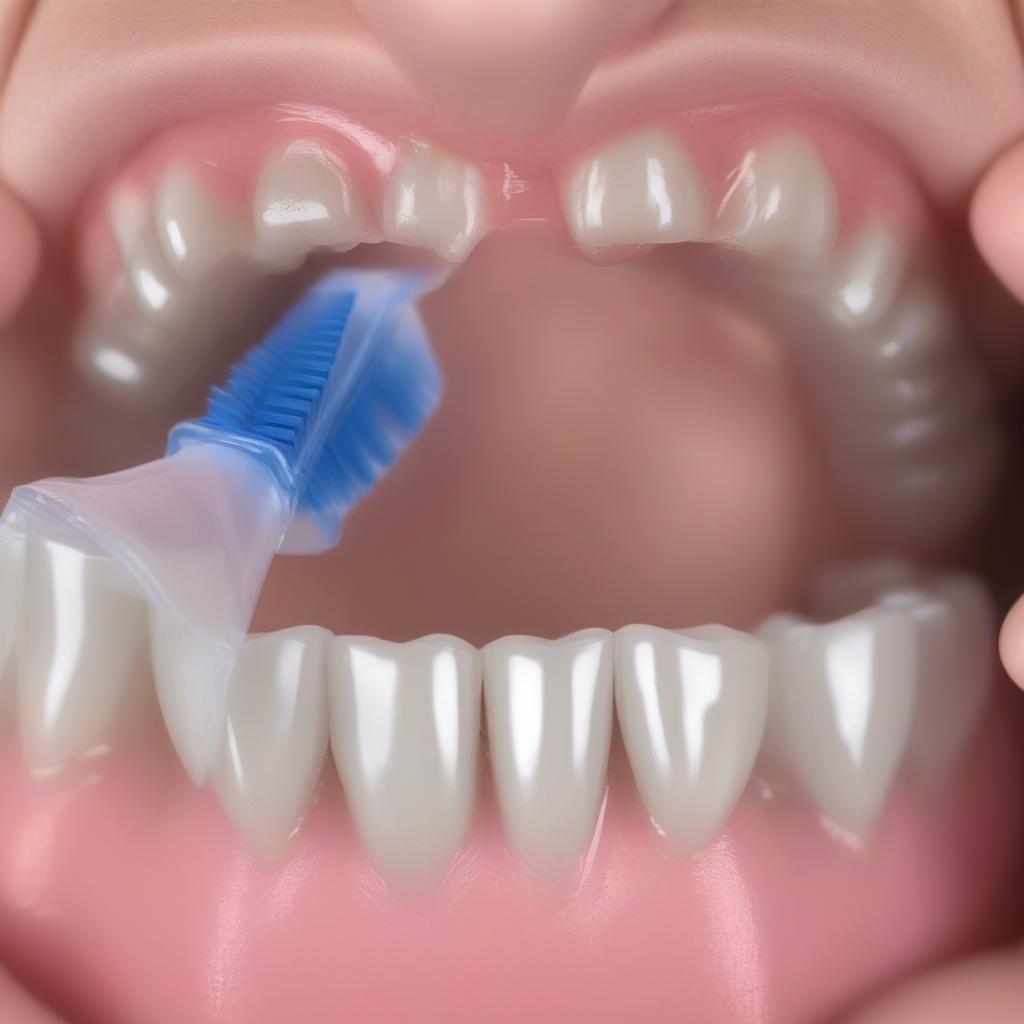 Cleaning a Lower Retainer with Brush and Solution
Cleaning a Lower Retainer with Brush and Solution
Addressing Common Concerns
Many patients have questions about lower retainers. Here are some common concerns:
How long do I need to wear a lower retainer?
The duration of retainer wear varies depending on individual cases, but many orthodontists recommend wearing them indefinitely, at least at night, to maintain optimal results.
What happens if my retainer breaks?
Contact your orthodontist immediately if your retainer breaks or becomes damaged. They will assess the damage and either repair or replace your retainer.
Can I still get cavities with a fixed lower retainer?
Yes, it is still possible to get cavities with a fixed retainer. Maintaining excellent oral hygiene is crucial.
Conclusion
Lower retainers are an indispensable part of maintaining the results of orthodontic treatment. Whether fixed or removable, consistent wear and proper care are crucial for preserving your beautiful, aligned smile. By understanding the benefits and addressing common concerns, you can ensure long-term orthodontic success. Don’t hesitate to discuss any questions or concerns with your orthodontist.
FAQ
- What is the difference between a fixed and removable retainer?
- How often should I clean my retainer?
- Can I eat with my retainer in?
- What should I do if my retainer doesn’t fit properly?
- How much does a lower retainer cost?
- Are there any alternatives to wearing a retainer?
- Can I play sports with my retainer in?
Scenarios
- Lost Retainer: You’ve misplaced your removable retainer. What are your next steps?
- Broken Retainer: Your fixed retainer wire has come loose. What should you do?
- Discomfort: Your retainer is causing discomfort. How can you find relief?
Further Reading
For more information, explore our other articles on retainer care and orthodontic treatment.
Need further assistance? Contact us at Email: [email protected], address: Fifth Avenue, 34th Floor, New York, NY 10118, USA. We have a 24/7 customer service team.

